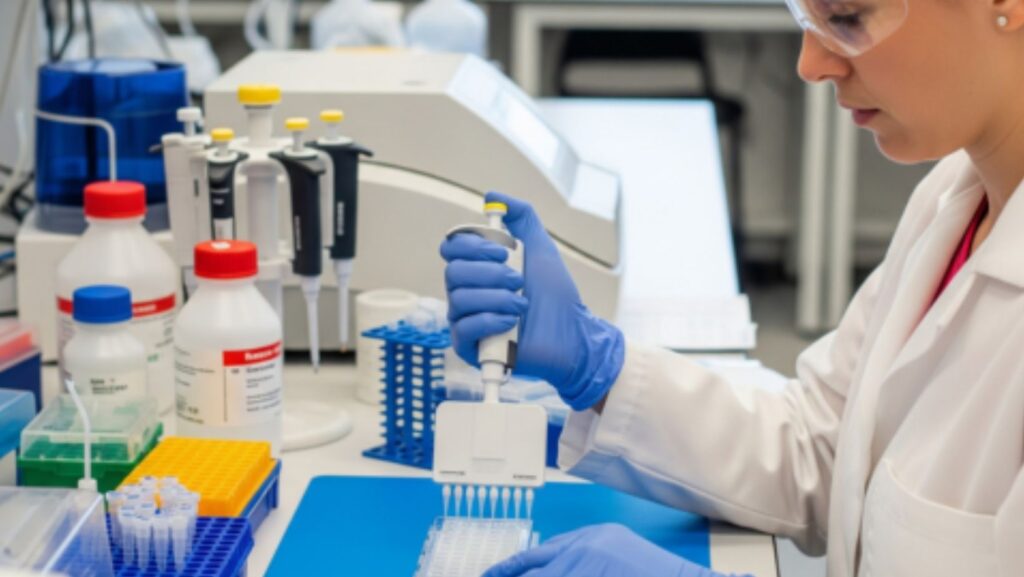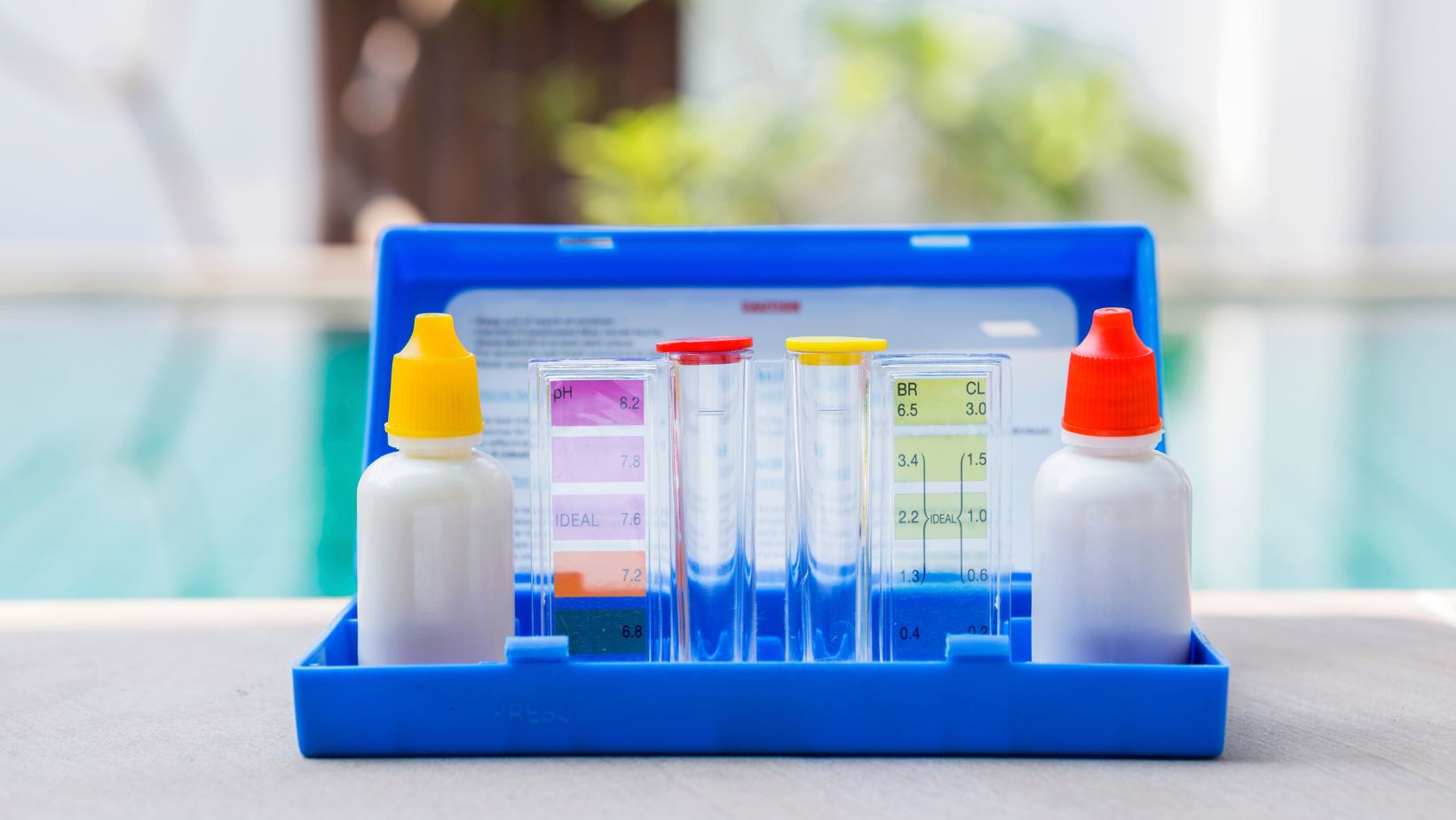
The lungs are an important part of our breathing system. Their main job is to exchange gases. They take in oxygen from the air we breathe and remove carbon dioxide, a waste gas made by the body.
When we inhale, air enters through the nose or mouth. It then moves down the windpipe (trachea), passes into smaller tubes called bronchi, and finally reaches tiny air sacs known as alveoli.
In the alveoli, oxygen passes into the blood, and carbon dioxide moves out of the blood to be exhaled. Healthy lungs are soft, flexible, and ensure each body part gets sufficient oxygen.
However, breathing polluted air, exposure to toxins, allergens, strong smells, cold air, or infections can irritate the lungs. Genetic factors can also play a role.
When the bronchial tubes become narrow, swollen, and filled with mucus, people find it difficult to breathe properly. This condition is called asthma.
Common symptoms of asthma are:
- Coughing
- Wheezing
- Shortness of breath
- Tightness in the chest
It can affect people of all ages. Its symptoms can vary from mild to severe. Mild asthma can be treated, but severe asthma attacks can be life-threatening. So, it requires immediate medical help. Researchers need to understand asthma and develop new drugs to treat and prevent this chronic respiratory disease. Here is where ELISA testing kits come into play.
What is ELISA?
ELISA stands for Enzyme-Linked Immunosorbent Assay. It is a plate-based technique used to detect and quantify the amount of molecular substances, such as proteins, antibodies, hormones, etc., in a biological sample. It works on the principle of antigen-antibody interactions.
ELISA is carried out in 4 different formats – Direct, Indirect, Sandwich, and Competitive ELISA.
When a person with asthma is exposed to allergens such as dust mites, pollen, or pet dander, the immune system reacts abnormally. This reaction triggers the release of various immune mediators, including:
- Cytokines (e.g., IL-4, IL-5, IL-13)
- Immunoglobulin E (IgE)
- Histamine
- Chemokines (e.g., eotaxin)
These molecules play different roles in airway inflammation, mucus production, and hypersensitivity. ELISA testing helps scientists measure the levels of these biomarkers and understand how they contribute to asthma’s severity and persistence.
When it comes to asthma research, sandwich ELISA is commonly used because of its high sensitivity and specificity. It can detect cytokines and biomarkers even if present in low concentrations.
How ELISA Helps in Asthma Research?
Measure Cytokines and Chemokines
Cytokines are signaling proteins that regulate immune and inflammatory responses. In asthma, certain cytokines such as IL-4, IL-5, IL-9, and IL-13 are overproduced by Th2 immune cells. These cytokines promote the production of IgE and recruit eosinophils (a type of white blood cell) to the lungs. These WBCs worsen the inflammation.
Researchers use ELISA kits to measure the concentration of these cytokines in patient samples. The results are then compared with the samples of healthy individuals.

For example:
- IL-4 ELISA kits detect levels of IL-4 that promote IgE synthesis.
- IL-5 ELISA kits measure the cytokine responsible for eosinophil activation.
- IL-13 ELISA kits quantify a key cytokine involved in mucus production and airway remodeling.
This further helps researchers identify which pathways are overactive and design drugs to block those specific molecules.
Monitor Inflammatory Markers in Airway Fluids
Asthma involves inflammation of the airways. To study this process, researchers collect samples from sputum, bronchoalveolar lavage fluid (BALF), or serum. These samples contain several inflammatory markers, such as histamine, prostaglandins, leukotrienes, and C-reactive protein (CRP).
Researchers use ELISA kits to detect and measure these inflammatory markers with high accuracy.
For example:
- Histamine ELISA kits detect histamine levels that indicate allergic reactions.
- CRP ELISA kits measure inflammation levels in the body.
- Leukotriene ELISA kits track airway constriction and tissue swelling.
Researchers monitor these markers, which help them understand how severe the inflammation is and how well it responds to treatment. It also helps identify which inflammatory molecules are most active during asthma attacks.
Evaluate Immunoglobulin E (IgE) Levels
Immunoglobulin E (IgE) plays a central role in allergic asthma. It is an antibody that helps the immune system recognize and respond to allergens like dust, pollen, or animal dander. However, in people with asthma, the immune system produces too much IgE even when the allergens are not harmful.
When IgE binds to receptors on blood cells, it releases histamine and other chemicals. This further causes inflammation, swelling, and narrows the airways. This makes breathing difficult.
Researchers use IgE ELISA kits to measure total and allergen-specific IgE levels in blood samples. This not only helps them identify the overall allergic sensitivity of the patient but also identifies which allergens cause the strongest reaction. As a result, they can further develop personalized treatments and allergy-specific immunotherapies.
The Bottom Line
Asthma is a complex respiratory disease that involves inflammation, immune dysfunction, and environmental triggers. In order to understand its mechanism and treat it effectively, proper diagnosis is crucial.
Researchers use an ELISA kit to measure cytokines, antibodies, and inflammatory markers accurately. This helps explain how the immune system reacts during asthma and how new therapies can reduce these reactions.
However, before using a kit, make sure you buy it from a reliable source. Otherwise, this can compromise your results!












